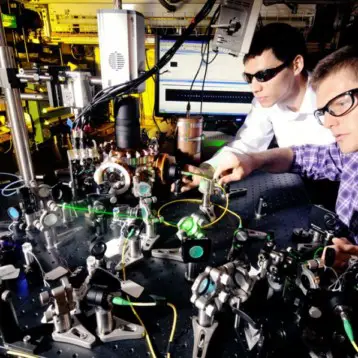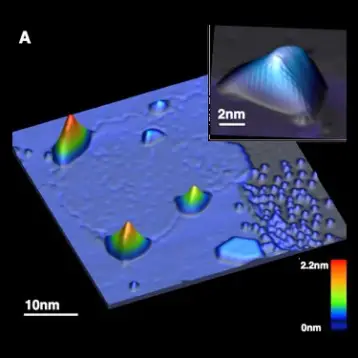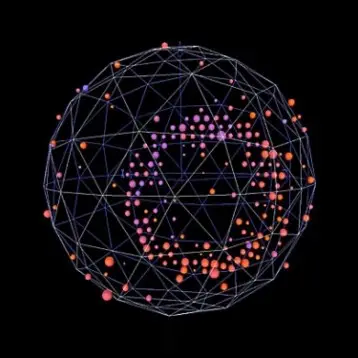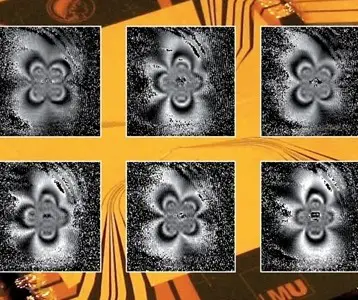|
The common premise is that most stars are born in clusters, evidently forming the massive star sets we call galaxies. The smallest, looser “open clusters” have only a few stellar members, and the largest, tightly bound ”globular clusters” have as many as several million stars. It is believed that stars with higher masses use their hydrogen fuel relatively quickly (in terms of millions of years), and then their core collapses – in the form of a supernova explosion. The result is a stellar object with a gravitational field so strong that not even light can escape; this object is mostly known as a black hole.
According to the new study, published in Monthly Notices of the Royal Astronomical Society, there is a way to consistently simulate the movement of these black holes in star clusters. The research was conducted by Dr Sambaran Banerjee, Alexander von Humboldt, Dr, Holger Baumgardt and Professor Pavel Kroupa from the University of Bonn’s Argelander-Institut fuer Astronomie.
The likelihood of collisions and mergers between stars of all types is higher when they are as close as in clusters; this is true regarding black holes as well. The black holes sink to the center of the cluster, where a core that is completely made of up of black holes forms. In this core, the black holes experience a range of interactions, sometimes forming binary pairs and sometimes being ejected from the cluster completely. An astronomical binary system (or a binary pair) has two stellar objects, usually stars, which are so close that their gravitational interaction causes them to orbit about a common center of mass.
The study reports the assembly of star clusters on a high-performance supercomputer. The scientists calculated how they would evolve by tracing the motion of each star and black hole within them. Utilizing Albert Einstein’s General Theory of Relativity, the astronomers predict that black hole binaries stir the space-time around them, generating waves that propagate away like ripples on the surface of a lake. These waves of curvature in space-time – known as gravitational waves – have never been detected, although theory claims that they will temporarily distort any object they pass through.
Since black holes have incredible amounts of mass, they tend to create irregular binary pairs. In the cores of star clusters, black hole binaries are sufficiently tightly bound to be significant sources of gravitational waves. If the black holes in a binary system merge, then an even stronger pulse of gravitational waves radiates away from the system. “Physicists have looked for gravitational waves for more than half a century, but up to now they have proved elusive,” Sambaran says.
In their study, the team suggests using gravitational wave observatories like the Advanced Laser Interferometer Gravitational-wave Observatory (Advanced LIGO) to detect such events – estimated to occur dozens of times each year. Although the Advanced LIGO will be up and running by 2015, many astronomers could already devise future research that relies on gravitational wave astronomy.
“If we are right then not only will gravitational waves be found so that General Relativity passes a key test, but astronomers will soon have a completely new way to study the Universe,” Sambaran says. “It seems fitting that almost exactly 100 years after Einstein published his theory, scientists should be able to use this exotic phenomenon to watch some of the most exotic events in the cosmos.”
TFOT has also covered the detection of a ghost X-ray image around a black hole believed to be remnants of a past explosion from the black hole, and the new image of tidal galactic debris, stripped away from colliding galaxies. Other related TFOT stories include the “Sharpest Images of the Black Hole at the Center of the Milky Way”, captured using several telescopes, and the “Light Echo of an Enormous X-ray Flare”, which was apparently produced when a single star was disrupted by a super-massive black hole.
For more information about the development of gravitational wave astronomy, see the website of the Royal Astronomical Society.











